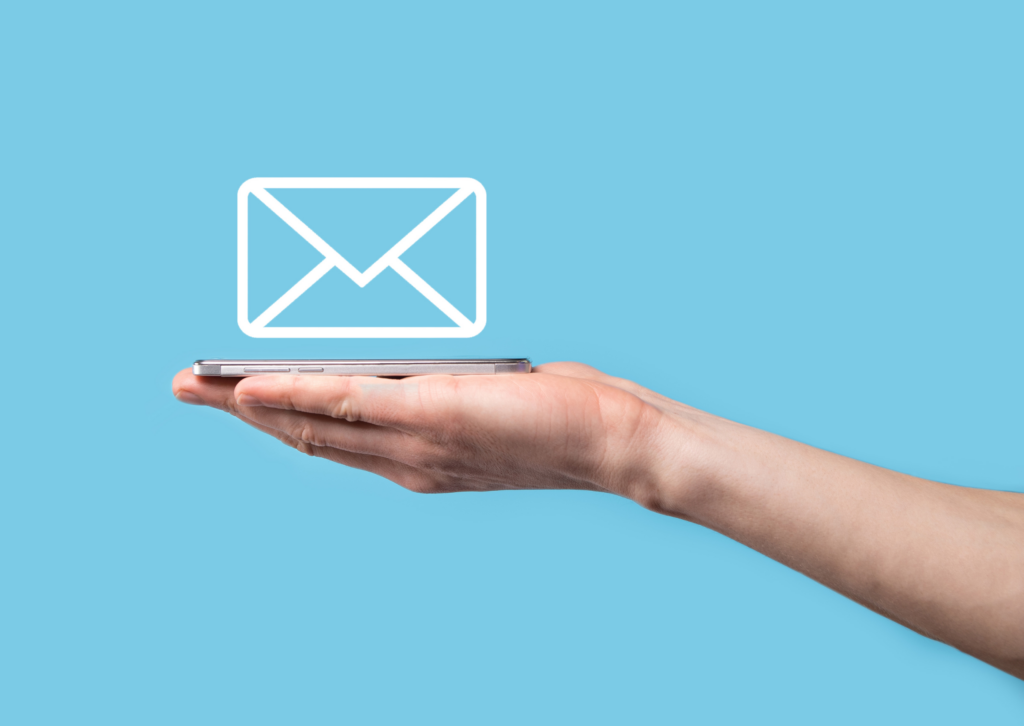During my lifetime, paper checks have been the most universally accepted method of payment for business transactions, both business to business and consumer to business.
I remember as a child watching my father sit down with his budget book and his checkbook each month. He wrote out and mailed payments for our family’s expenses for the month. As a teenager, I got my first job and began receiving a paycheck regularly.
As an adult, I began working in bookkeeping positions within different companies. I was involved in processing payroll and also worked in accounts payable. I was the one creating the checks for these companies’ expenses. Paper checks were everywhere.
In the early 2000s I began a position in a Credit/Accounts Receivable department. At that time there were several team members who spent hours each day processing checks. First the mail had to be opened and sorted. Then team members prepared the deposits to go to the bank. A different one would physically take the checks to the bank for deposit. Others who hadn’t written up the deposit or taken it to the bank would post the payments to the customer’s accounts. It was a labor intensive process.
There were other options for making payments but the transition to them was very slow. When I started in credit, our company had only one customer who paid using EFT, although shortly after a second customer began paying this way as well. Credit Card payments were accepted but not encouraged because of the fees associated with them.
In spite of the problems with checks, lost in the mail, insufficient funds, stop payments, stolen checks, etc., paper checks remained the most common method of payment we received. Over the years a few more customers began using ACH/EFT payments, and wire transfers. We began encouraging credit card payments a little more. But it seemed as though nothing would replace payment by check.
Then Covid happened. People were quarantined and not able to go into their offices to write or receive checks. Many essential businesses had to stay open but the people behind the scenes weren’t generally considered essential. Many office workers were able to work from home but payments by check presented some challenges. Who was going to prepare checks and how and where? Who was going to receive them? Even customers who were willing and able to pay were finding it difficult.
This was quite a turning point for the paper check. Alternative payment methods were suddenly very sought after. Credit Card payments were now strongly encouraged. As were ACH and EFT payments. And just like that paper checks lost their spot at the top.
There was a time when it was hard to imagine life without checks. Now it seems they are struggling to stay useful. It wouldn’t be surprising if checks disappeared completely in the next decade.

